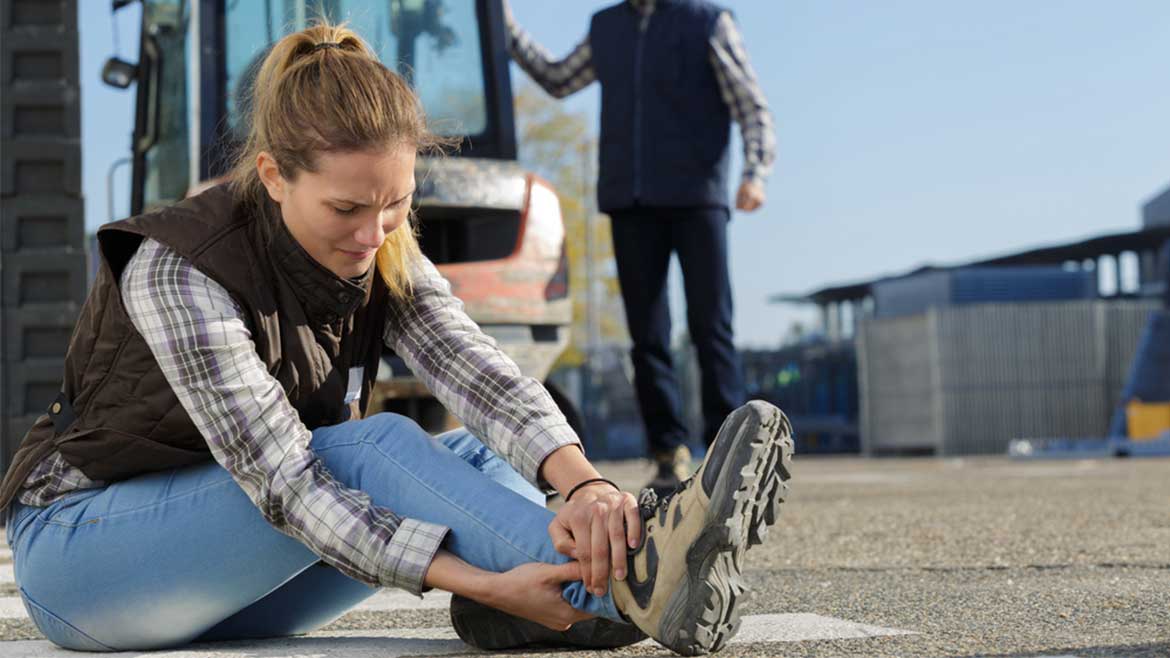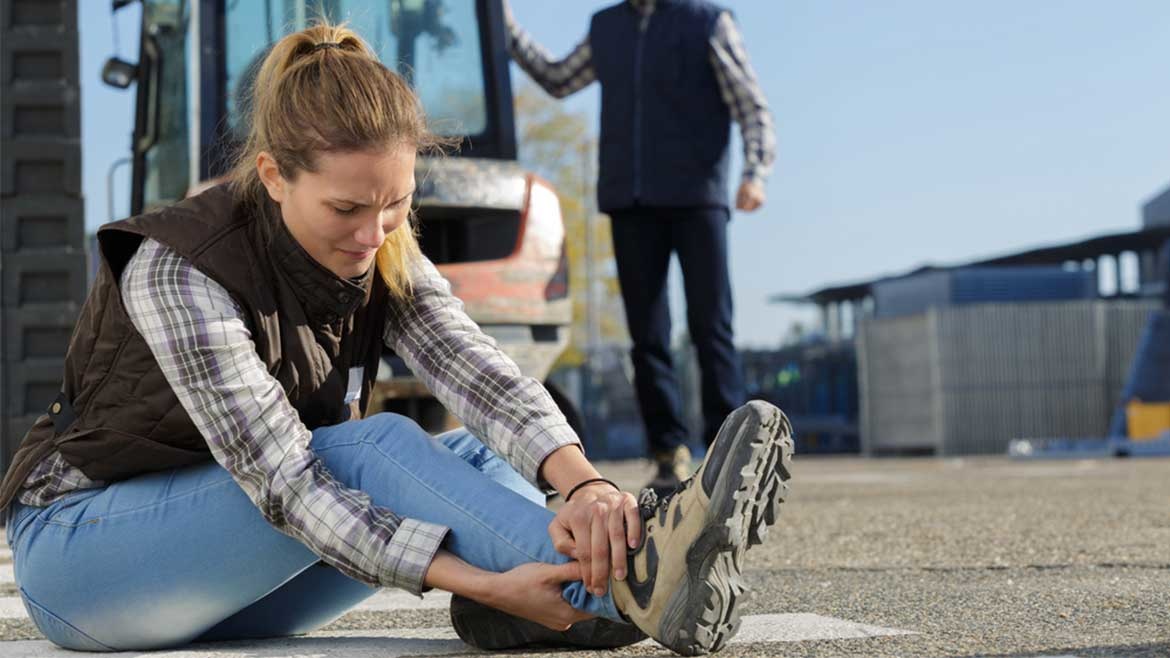Strain and Sprain Injury Prevention

A Strain or Sprain type of injury can be quite costly to both the employer and employee. Statistics show that 80% of Americans will have some type of back injury in their lifetime, and that the average cost of a back injury is over $20,000.00. $49 billion a year is the cost to employers and 93 workdays are lost each year because of back injury and or back pain. With this said, here are some things to keep in mind for Strain and Sprain Injury Prevention.
The spine
Your spine is comprised of bone, ligaments, tissue, and discs that provide cushioning between each vertebrae of your spine. The natural shape; (also known as the neutral position) of the spine is an “S” and, as we get older vertebrae become misaligned and that cushioning also gets harder. The spine loses its natural shape and this places pressure on nerves and causes discomfort. Back injuries can also weaken the spine further and cause significant misalignment, discomfort and pain.
Cause of injury
As we lose that natural “S” and are not in the neutral position this places a lot of stress on the discs and spinal cord and injury prone. A good example is that the back acts as a lever with the lower back acting as a fulcrum. The lift ratio is 10:1; for each pound of weight carried or lifted improperly is equal to 10 times the pressure placed on the lower back. Anytime you reach, carry, lift, or pick something up out of that position puts you at risk for a severe back injury.
Bad habits
The rule of thumb here is the further you move away from the natural body position; the likelihood increases for injury! Reaching for, pulling, bending, or twisting while carrying an object are examples of ways you can injure yourself and your back. Using poor lifting techniques and improper training are bad habits that can contribute to an injury.
Good habits
Good habits you should practice include: Check the load first, bend your knees (use the strongest muscles), keep the load close, maintain neutral position, and use assistance when necessary. Before you pick or lift any item up; check it out first. Make sure it’s something you can carry with minimal effort and you won’t get hurt carrying it. Next, bend your knees and use the strongest muscles in your body; your legs!! Another good habit is maintaining the neutral position and keep the load close to your trunk; (also known as your core or abdominal area.) Lastly if it’s too big of a load or cumbersome use a hand truck or some other type mechanical assistance to move the item. Practice those good habits are a big step towards strain and sprain Injury prevention!

